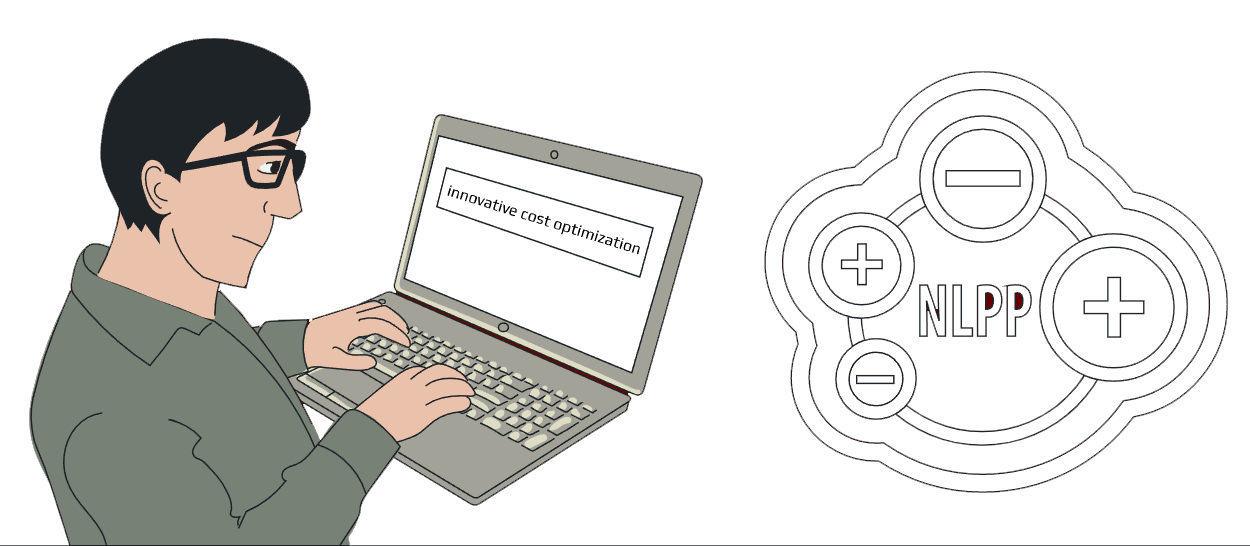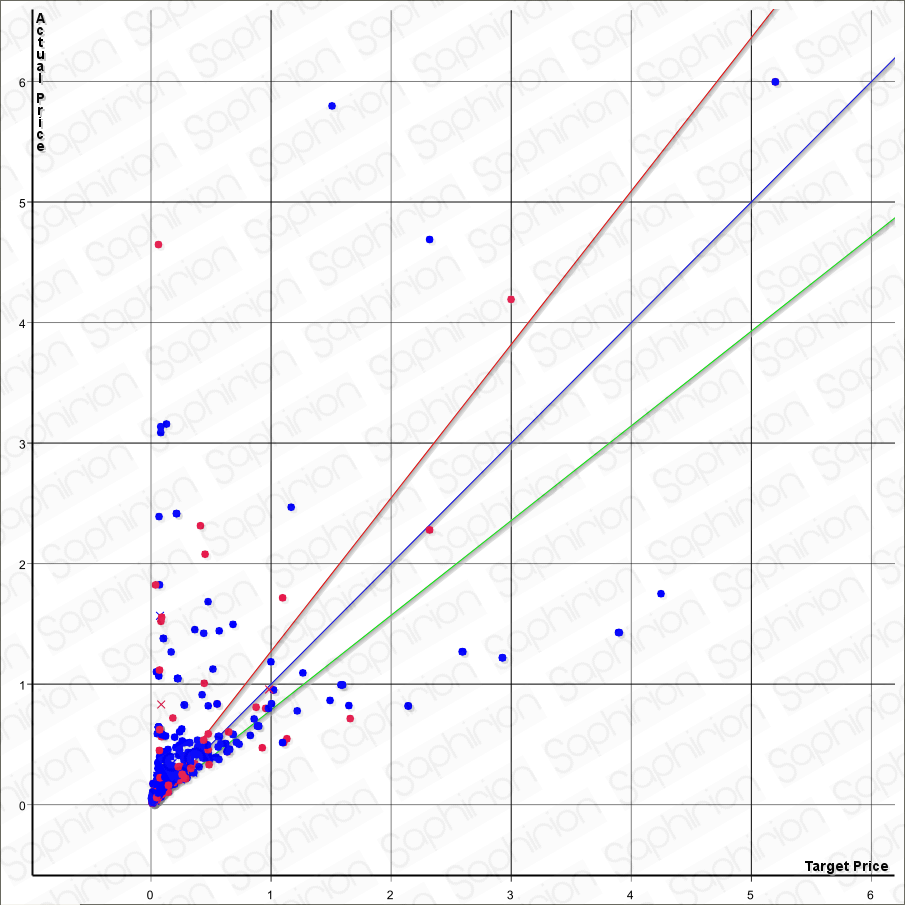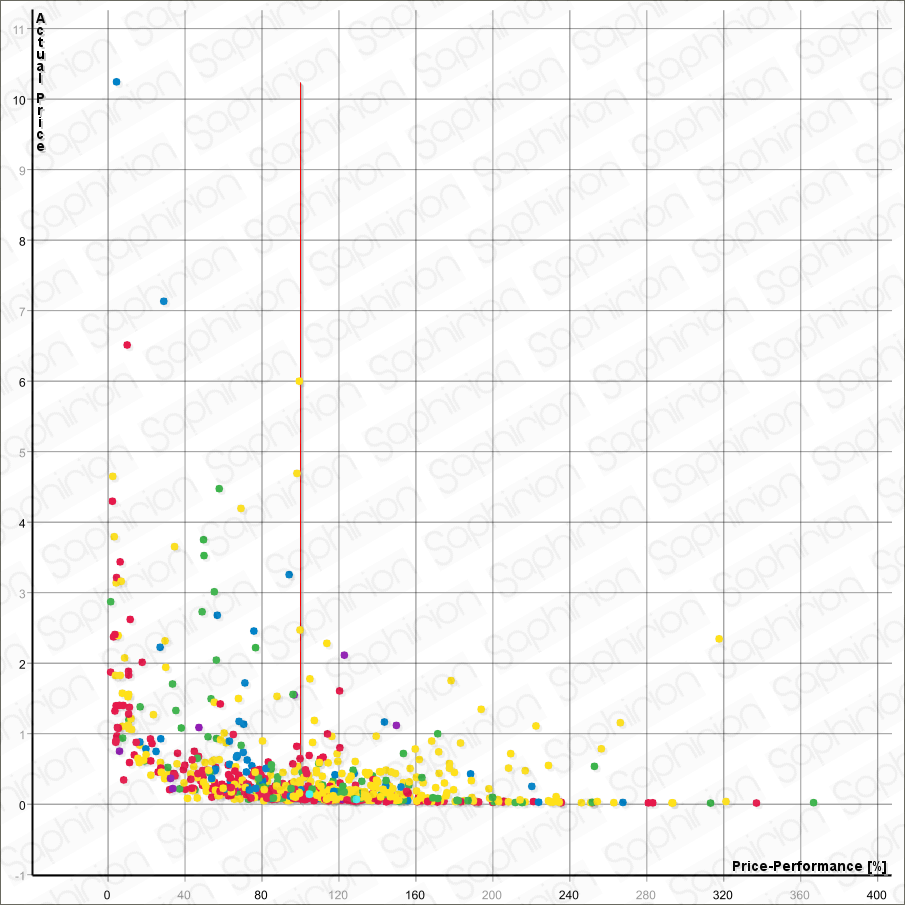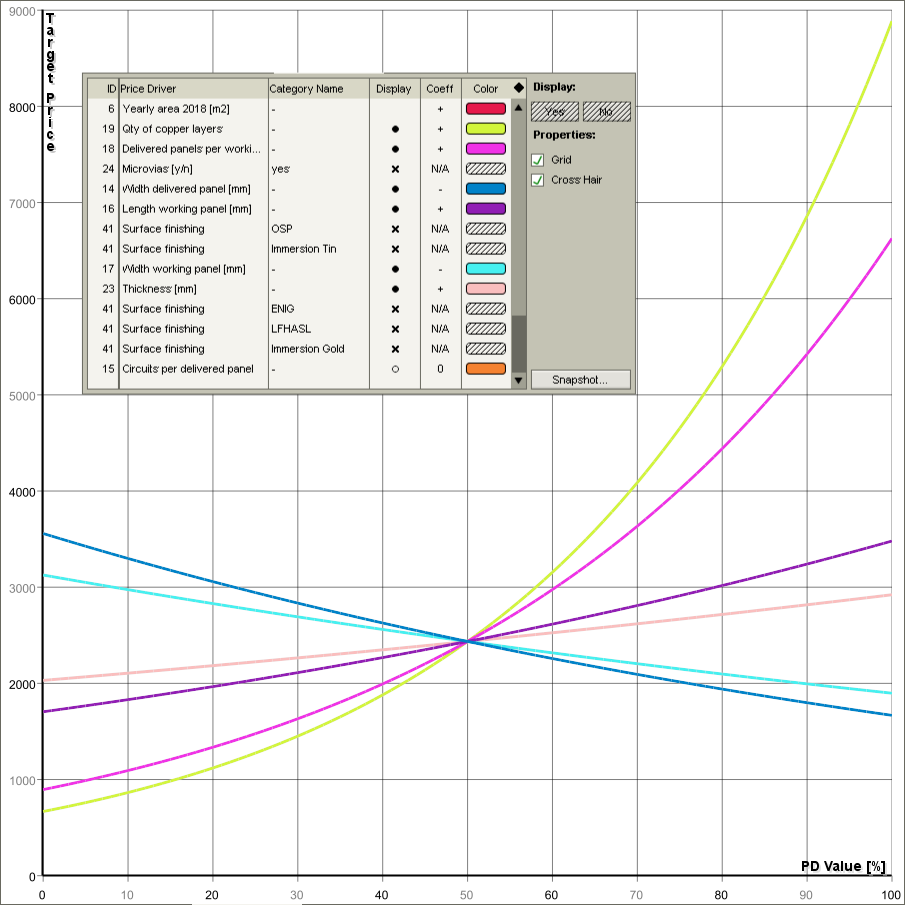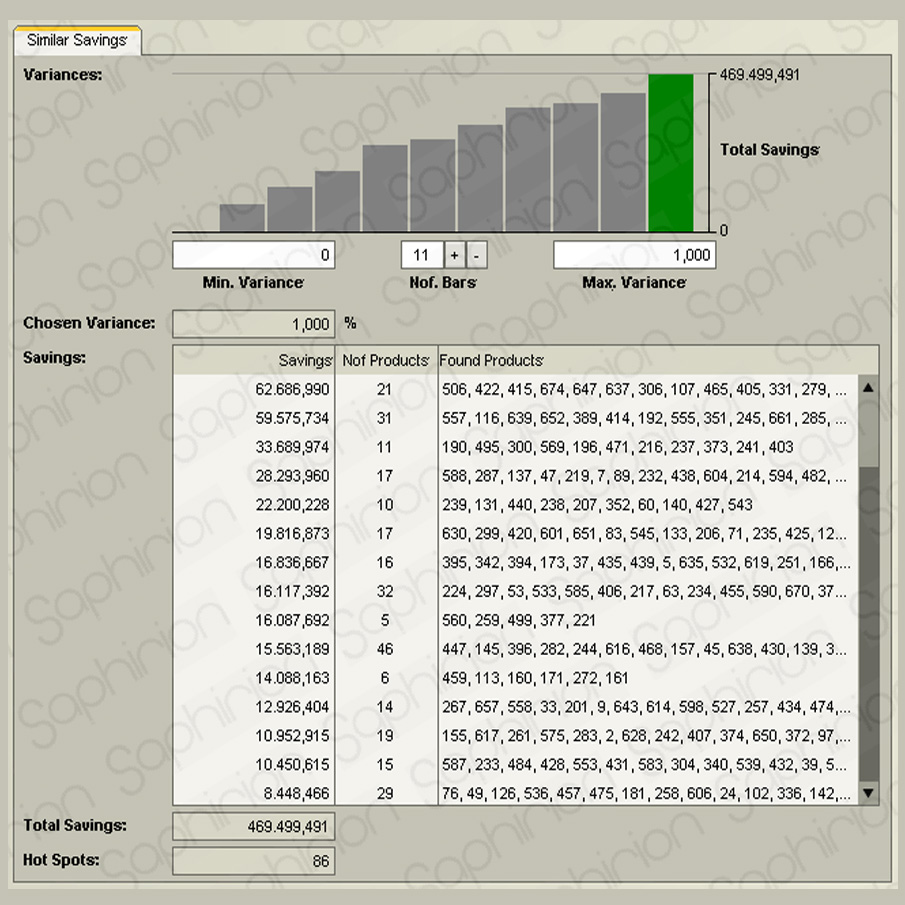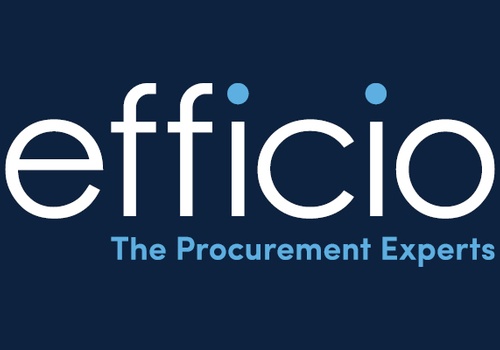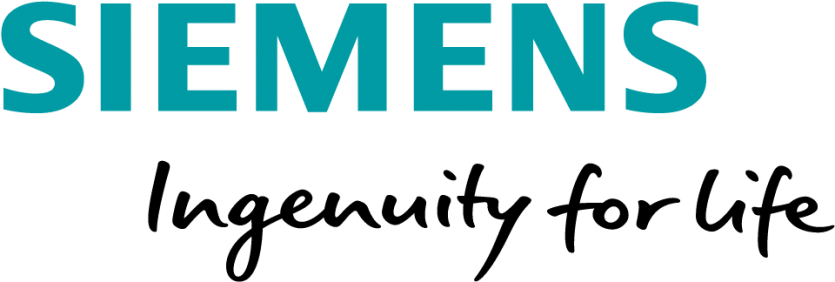Auctions
ABC
Analysis
Cost
Break Down
ABC
Analyse
Bottom Up Kalkulation
Bottom Up
Calculation
Auktionen
Let me tell you about how I got the best prices possible for our company's parts.
Sehen Sie, wie ich die besten Einkaufspreise für meine Artikelgruppe realisiert habe.
Learn how NLPP works
Wie funktioniert NLPP?
Replay
Scene
Price
Drivers
Preis
treiber
Master Data
Stammdaten
Gewicht
.07
Länge
3.0
00.00.00
Length
3.0
Durchmesser
2.0
Torque
.69
Weight
.07
Diameter
2.0
Kraft
.69
00.00.07
Länge
2.0
Length
2.0
Gewicht
.04
Weight
.04
00.00.04
Durchmesser
1.6
Diameter
1.6
Torque
.34
Kraft
.34
Sie haben bereits alles Denkbare unternommen, um gute Einkaufspreise für Ihre Warengruppe zu erreichen?
You have done everything you can imagine to get good purchasing prices for your commodity.
But you are still requested to do better.
Dennoch sollen Sie weitere Einsparungen realisieren?
Your Progress On Savings?
NLPP
Wo sind Ihre Einsparungen?
NLPP is your tool for cost optimization, benchmarking,
and price estimates.
It shows for all kind of parts
which are costing you more than they should.
NLPP ist die leistungsstarke Preisanalyse für Kostenoptimierung, Benchmarking und Preisprognosen.
NLPP zeigt Ihnen, welche Teile teurer als gerechtfertigt sind.
.017
.034
.055
.025
.043
With NLPP you know the correct price
before you negotiate with suppliers.
Mit NLPP kennen Sie den korrekten Preis,
bevor Sie mit Lieferanten verhandeln.
Dieser Perspektivwechsel ist eine neue Erfahrung für Einkäufer.
NLPP is easy to use because it uses data you already have.
The price, the quantity and properties that are important to you like weight, diameter, power, width, etc.
These are the price-drivers.
NLPP ist einfach anzuwenden, da es Ihre vorhandenen Daten nutzt:
Preis, Menge und Preistreiber wie Gewicht, Durchmesser, Drehmoment, Breite etc.
Sie erstellen einfach eine Excel-Datei mit den Angaben zu Preis, Menge und Preistreibern für einige bereits gekaufte Produkte.
You just collect the price, quantity and price-drivers for a couple of your already purchased parts into a spreadsheet.
Sie importieren die Daten 1:1 in NLPP und
arbeiten mit der gleichen Struktur wie bisher.
NLPP unterstützt beliebig viele Spalten und Zeilen.
You then import the CSV file into NLPP, identify which columns
are your price, quantity and price drivers, and
let NLPP start its calculations.
Through the magic of mathematics, NLPP creates from your data a
price-prediction / price-estimation formula
by which the correct price can be calculated.
Mit der Magie der Mathematik berechnet NLPP aus Ihren Daten
eine Preisformel.
0.122 - 0.009 * 'Länge' + 0.005 * 'Gewicht' + 0.011 * 'Durchmesser' - 0.001 * 'Kraft' = Soll-Preis
0.122 - 0.009 * 'Length' + 0.005 * 'Weight' + 0.011 * 'Diameter' - 0.001 * 'Torque' = should-cost
The NLPP formula is your key to success.
It’s the thing that tells you the correct price you should pay.
Now let’s cross-check your current pricing.
Die NLPP Preisformel ist der Schlüssel zu Ihren Einsparungen.
Die Preisformel liefert Ihnen den Preis, den Sie zahlen sollten.
NLPP calculates a “should-cost,” or target price, for each part
using the price-prediction formula.
NLPP berechnet mit dieser Preisformel
den Soll- / Zielpreis für jede Teilenummer.
NLPP zeigt Ihnen das Ergebnis grafisch an.
Sie erkennen sofort, welche Teile ein Einsparpotenzial haben.
NLPP shows you the result graphically.
You don’t have to crawl through endless Excel lines.
Just take a look and you will immediately see
which products have potential savings.
0.497
Actual Price < Should Cost
MARKET BENCHMARK
Aktueller Preis > Soll-Preis
0.4197
Should Cost
MARKT BENCHMARK
Actual Price > Should Cost
Soll-Preis
0.243
Aktueller Preis
Aktueller Preis < Soll-Preis
0.125
0.915
Actual Cost
0.583
NLPP berechnet zwei weitere Benchmarks:
"Worst Practice" und "Best Practice".
Damit kennen Sie zusätzlich die obere und untere Grenze
des gerechtfertigten Preises für jede Teilenummer.
NLPP calculates 2 additional benchmarks for you:
Best Price and Worst Price
You will really know for sure what the upper and lower prices of your parts should be. You know it even better than the supplier.
WORST PRICE
WORST PREIS
BEST PRICE
Worst Preis Segment
Worst Price Area
Best Price Area
BEST PREIS
Best Preis Segment
Mit den NLPP Ergebnissen verhandeln Sie anders als bisher:
Der Lieferant muss Ihnen nun nicht nachvollziehbare Preisunterschiede zwischen ähnlichen Teilen erklären.
Now that you have the power of NLPP’s results in your hands, you negotiate in a different way than before:
The supplier now needs to explain to you
why prices differ so much between mostly similar parts.
Ihre neue Perspektive auf Nutzen & Wert im Verhältnis zum Preis führt dazu, dass Sie für Ihre Teile
das beste Preis-Leistungsverhältnis erzielen.
Since you switched from a cost view to a performance view,
your reward is, that your parts have
the best possible price performance ratio.
Previous Price: 0.091
Should Cost
Price: 0.035
Savings: 0.056
New Contract
Neuer Vertrag
Alter Preis:0.91
Neuer Preis:0.35
Einsparung:0.56
Now it's your turn to try NLPP.
Unser Sieger hat
250.000 € an Einsparungen realisiert!
Our champion here realized 250.000 savings!
Try A Free Demo
Nutzen Sie die Chance und probieren Sie NLPP einfach aus.


